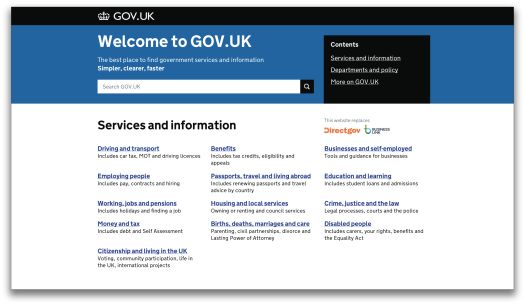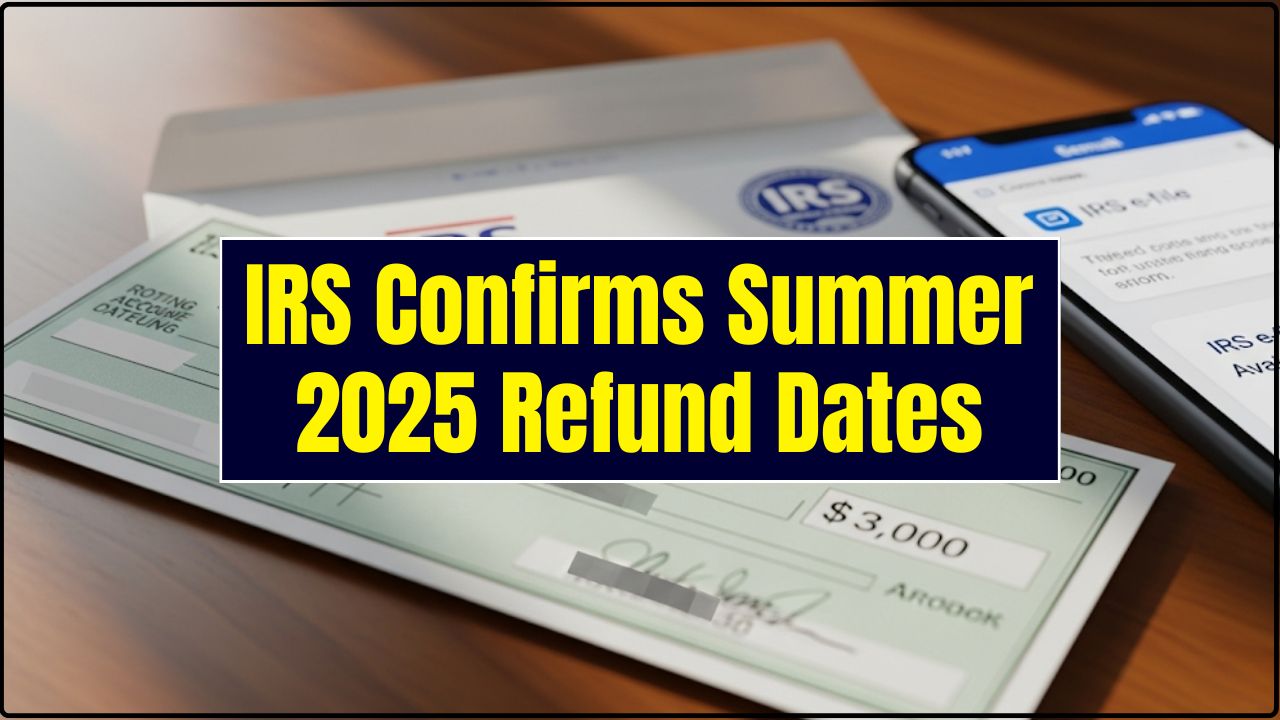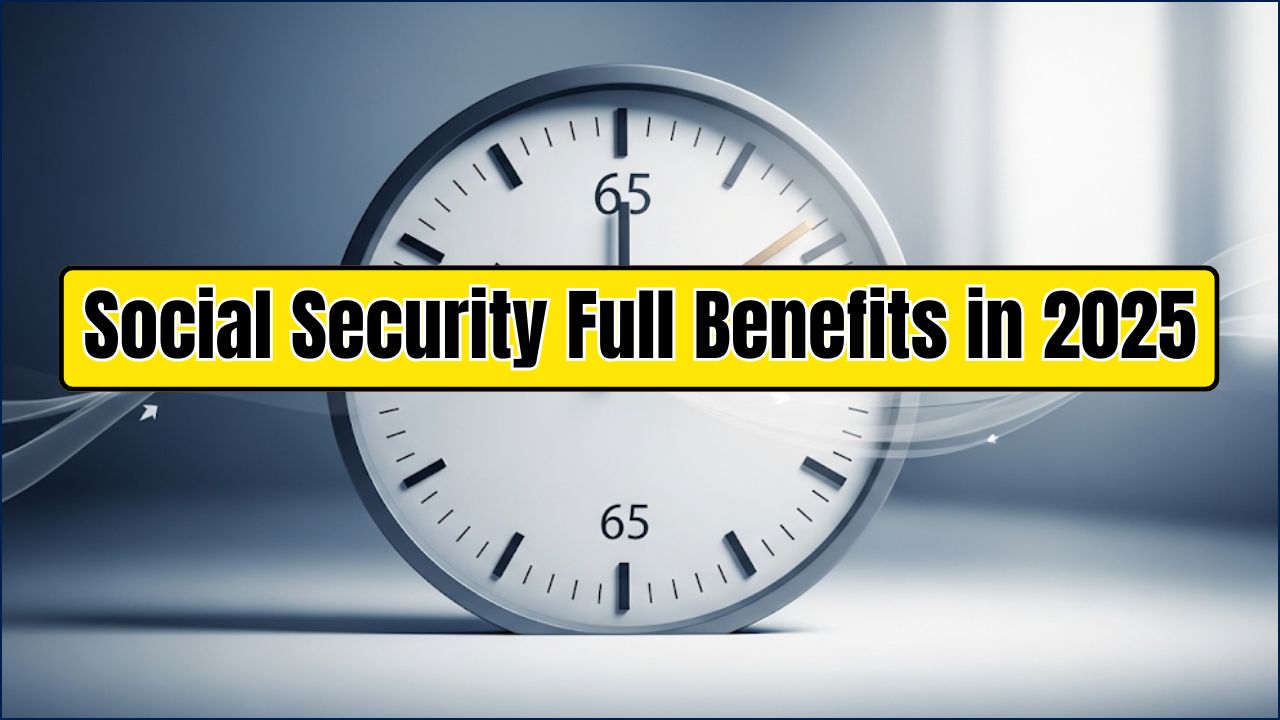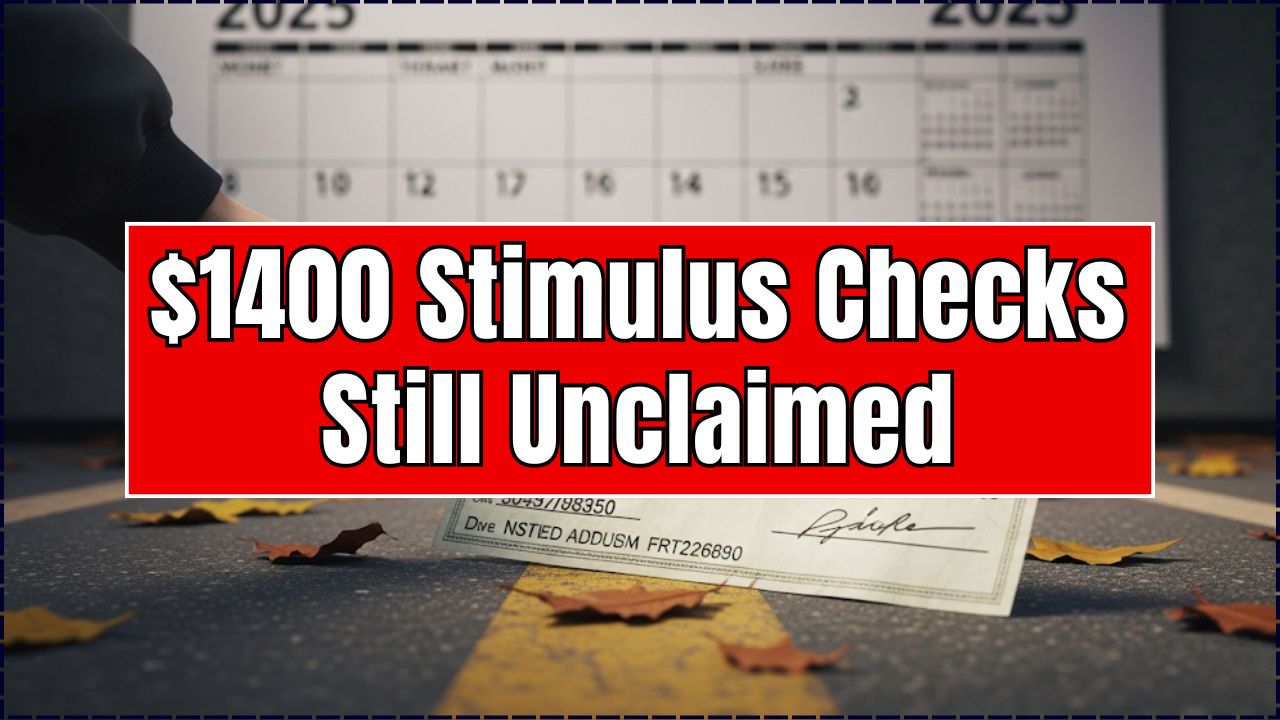Navigating the world of financial benefits can be tricky, especially when it comes to government support for those with disabilities. If you’re a senior citizen with a physical or mental health condition that limits your ability to care for yourself, Attendance Allowance might be your lifeline. Offering financial assistance to help cover the costs of personal care or supervision, this benefit is an essential resource for many. Here’s everything you need to know to make the most of it.

Whether you’re struggling with conditions like arthritis, dementia, or Parkinson’s disease, or if you know someone who is, this article breaks down the ins and outs of Attendance Allowance, what it covers, how to apply, and who qualifies. Let’s dive into all the details so you don’t miss out on this important support.
DWP Confirms Attendance Allowance
| Key Information | Details |
|---|---|
| Eligibility | Available for individuals over the State Pension age with a severe disability |
| Payment Rates | Lower rate: £72.65/week, Higher rate: £108.55/week |
| Conditions | Common conditions: Arthritis, dementia, stroke, Parkinson’s disease, and more |
| Application Methods | Online or by post, with freepost for mailing |
| Who Should Apply | Those needing help with personal care or supervision due to physical or mental disability |
| Official Resource | Gov.uk – Attendance Allowance |
Attendance Allowance is an essential benefit for older adults who need extra care or supervision due to a disability or health condition. With rates that can make a big difference in your quality of life, this financial support can help you maintain your independence and get the care you need.
Applying for Attendance Allowance may seem like a complicated process, but with clear guidelines and an easy application system, it doesn’t have to be. If you or someone you know is eligible, make sure to apply today and take advantage of this invaluable support.
What Is Attendance Allowance?
Attendance Allowance is a government benefit designed to support older adults who are over State Pension age and need help with personal care due to a disability or illness. The benefit is non-means-tested, meaning you don’t need to prove your income or savings to be eligible. If you’re struggling with tasks like bathing, dressing, or even getting out of bed, Attendance Allowance can help cover the costs of personal care.
In simple terms, it’s financial help for those who need assistance with everyday tasks because of a disability or health condition, and it’s available to seniors who are over the State Pension age (currently 66).
Who Can Apply for Attendance Allowance?
Eligibility for Attendance Allowance depends on a few basic factors:
- Age: You must be over the State Pension age (currently 66, increasing to 67 between 2026 and 2028).
- Disability: You must have a disability or long-term illness that limits your ability to care for yourself. This could be physical or mental.
- Help Needed: You must need help with personal care, like getting dressed, bathing, or even cooking. Alternatively, you may need supervision due to your condition, like for safety reasons if you forget to take medication or get lost.
- Timeframe: You must have needed this help for at least 6 months, or be terminally ill (in which case, it can be claimed immediately).
- Residency: You must live in Great Britain for at least 2 of the last 3 years and meet certain immigration criteria.
What Does Attendance Allowance Cover?
Attendance Allowance can help pay for a variety of personal care services, including:
- Personal care: Assistance with bathing, dressing, and toileting.
- Supervision: Extra help if you need someone to watch over you for safety reasons.
- Mobility help: Assistance getting in and out of bed, or getting around your home.
Though the payment is not meant to cover long-term medical expenses directly (such as paying for treatments), it is flexible, so you can use the money however you see fit to support your independence. You can pay for care services, transportation, or even get help from family members if necessary.
Attendance Allowance Payment Rates
The amount you’ll receive depends on the level of care you require. There are two payment rates for Attendance Allowance:
- Lower rate: £72.65 per week (around £290.60 a month) – If you need care or supervision during the day or at night.
- Higher rate: £108.55 per week (about £434.20 per month) – If you need help both during the day and night, or if your condition is terminal, and a medical professional predicts you have less than 6 months to live.
These rates are tax-free, and you’re free to spend the money on anything that helps you manage your day-to-day life.
Common Health Conditions That Qualify for Attendance Allowance
While Attendance Allowance isn’t restricted to any specific medical condition, some of the most common ones that people apply with include:
- Arthritis: Chronic pain and limited mobility make it difficult to perform basic tasks.
- Dementia: Confusion and forgetfulness may require constant supervision and care.
- Stroke: Long-term disabilities from a stroke can hinder personal care.
- Parkinson’s disease: Tremors, mobility issues, and medication management.
- Multiple sclerosis: Limited physical capabilities can lead to a need for assistance.
- Back pain: Severe back pain can make tasks like standing or walking incredibly difficult.
- Hearing loss or tinnitus: Difficulty communicating or responding to emergency situations may require extra help.
If you have any of these conditions—or even others not listed—you may still be eligible for Attendance Allowance. Don’t assume you don’t qualify based on the condition alone.
Real-Life Impact of Attendance Allowance
Many individuals who receive Attendance Allowance report significant improvements in their quality of life. Mary, a retired teacher, shares her experience of using the benefit to hire a care assistant who helps her manage her daily routine due to severe arthritis in her knees. “Without this benefit, I wouldn’t be able to afford the extra support,” she says. “It gives me the independence I need to stay in my home.”
Similarly, John, a widower with dementia, relies on the higher payment rate to pay for in-home care. “It’s been a game-changer. I can still live in my own house, and I don’t feel like a burden on my children anymore,” he says. These examples show how Attendance Allowance can dramatically improve both physical and emotional well-being.
Special Circumstances and Exceptions
In some cases, Attendance Allowance can be claimed under exceptional circumstances. For example, if you are in a care home but pay for your own care, you can still receive the benefit. Similarly, some applicants may qualify for the higher rate even if they don’t need help during the night but require constant supervision due to mental health conditions.
If you’re in a unique situation, such as having a fluctuating condition, it’s worth consulting the DWP helpline to see if there are any special provisions that apply to you.
Comparing Attendance Allowance to Other Benefits
For many, understanding whether Attendance Allowance is the right benefit can be confusing, especially with other similar options like Personal Independence Payment (PIP) or Disability Living Allowance (DLA). Here’s a quick comparison:
- Attendance Allowance is for those over State Pension age who need help with care or supervision.
- PIP is for individuals under 65 who have a long-term disability or illness affecting their mobility or personal care.
- DLA is a similar benefit but is being replaced by PIP for new applicants.
Understanding the differences between these programs will help ensure you apply for the right one, depending on your age and needs.
How to Apply for Attendance Allowance
Applying for Attendance Allowance is simple. You can choose to apply online or by post. Here’s a step-by-step guide:
Applying Online:
- Go to the official GOV.UK website to start your application.
- Complete the online form with details about your condition, the help you need, and your personal information.
- Submit the form for review.

You will receive an update on your claim, and if approved, payments will start shortly thereafter.
Applying by Post:
- Call the Attendance Allowance helpline at 0800 731 0122 or visit the GOV.UK website to download the claim form.
- Fill out the claim form with detailed information about your condition and needs.
- Mail the completed form to: Freepost DWP Attendance Allowance.
You don’t need to put anything else on the envelope. It’s that easy!
FAQs About Attendance Allowance
Q: Will I lose my Attendance Allowance if I go into a care home?
A: No, you can still receive Attendance Allowance if you live in a care home, as long as you pay for your own care.
Q: How long does it take to process an Attendance Allowance claim?
A: It typically takes around 8 weeks for your claim to be processed. However, if your condition is terminal, it may be processed faster.
Q: Can I receive other benefits along with Attendance Allowance?
A: Yes, Attendance Allowance does not affect other benefits like your State Pension or PIP (Personal Independence Payment). You may also qualify for other allowances if you meet the criteria.
Q: What if I am not satisfied with my Attendance Allowance decision?
A: If you disagree with the decision, you have the right to appeal. You can contact the DWP for advice or assistance with the process.














